Before we kick this review off, please be aware that I will be directly addressing the ending of the base game. Tread carefully if you’ve not completed the base game.
The world of Sanctuary is a broken one. Lilith, the daughter of Mephisto, returned with an intent to reclaim the world for her own. Through the course of Diablo IV I found myself empathizing with her, but that just reveals the dark undercurrent of Sanctuary – there are no real heroes here, not even the angels. The ritual at the core of Lilith’s re-ascension requires a young woman named Neyrelle and the dark blood magic that her mother Vhenard spent her entire life researching. In the end, Lilith lies vanquished, but in a final act of what she sees as redemption, Neyrelle absconds with the Soulstone that contains Mephisto, Lord of Hatred. She believes that she alone, using her mother’s research, is capable of defeating the Prime Evils. Diablo IV: Vessel of Hatred, the first major expansion to Diablo IV, picks up directly after her departure. The Soulstone and its continued torture of Neyrelle speaks directly to the name of this DLC – she has become the Vessel of Hatred.
Diablo IV | Vessel of Hatred | Official Release Date Trailer
Obviously as an expansion, Vessel of Hatred is meant to build on the base game, but that’s selling Vessel of Hatred short. Loot 2.0 completely revamped the equipment in a dramatic way, and the Season content has refined small portions of the game, slowly nudging the entire gameplay loop towards a more rewarding and balanced experience than we had at launch. It’s practically a Blizzard tradition to refine this way, so it comes as no surprise. It’s also no surprise that this first expansion is packed to bursting with things big and small that’ll have fans who have maybe beaten the game and not come back since eager to return, while also extending the storyline. Let’s dig into what’s new.
First and foremost, the expansion brings the first of what is likely several new classes – the Spiritborn. The Spiritborn is almost like a blend of the hunter and the monk class from Diablo II and III, blending the summoning and close combat skills of both, with a few tricks of their own. A battle-hardened warrior from the jungles of Nahantu, they are a melee / tank class, but also capable of unleashing poison, lightning, and fire lain on top of their physical attacks. Once they unlock them, they are also able to select a primary and secondary ally from several Spirit Guardians – Balazan the Centipede, Kwatli the Eagle, Rezoka the Jaguar, and Wumba the Gorilla.
Diablo IV | Vessel of Hatred | Spiritborn Class Trailer
In practice, this is a rather complex class, able to blend physical and elemental attacks based on what skills they’ve focused on reaching in the skill tree. Balazan is focused on crowd control, debuffs, thorns, poison, and damage over time. Rezoka is all about violent ferocity, pushing attack speed stacks, augmented with fire, criticals, and driving up a killstreak. Kwatli is all about quick strikes and evasion, using barriers, critical hits, vulnerabilities, and augmenting them with lightning. Wumba is the embodiment of pure rage and retribution. Resilience, defensive bolstering, blocking, thorns, and dodging, on top of physical damage are paired with a new resource called Resolve which reduces damage as it stacks – up to 8 times by default.
Obviously a great deal of how your Spiritborn plays is based on what skills you’ve selected. Centipede skills can be specced to heal for every stack of poison. Eagles can stack critical chances based on how much you move around the battlefield, encouraging a lot of movement. How you spec is, of course, entirely up to you, so your character will very likely operate very differently than even what I just described, but one thing is certain — despite having inspiration from a lot of different classes, this is a class unto its own, and one I’m looking forward to exploring at length.
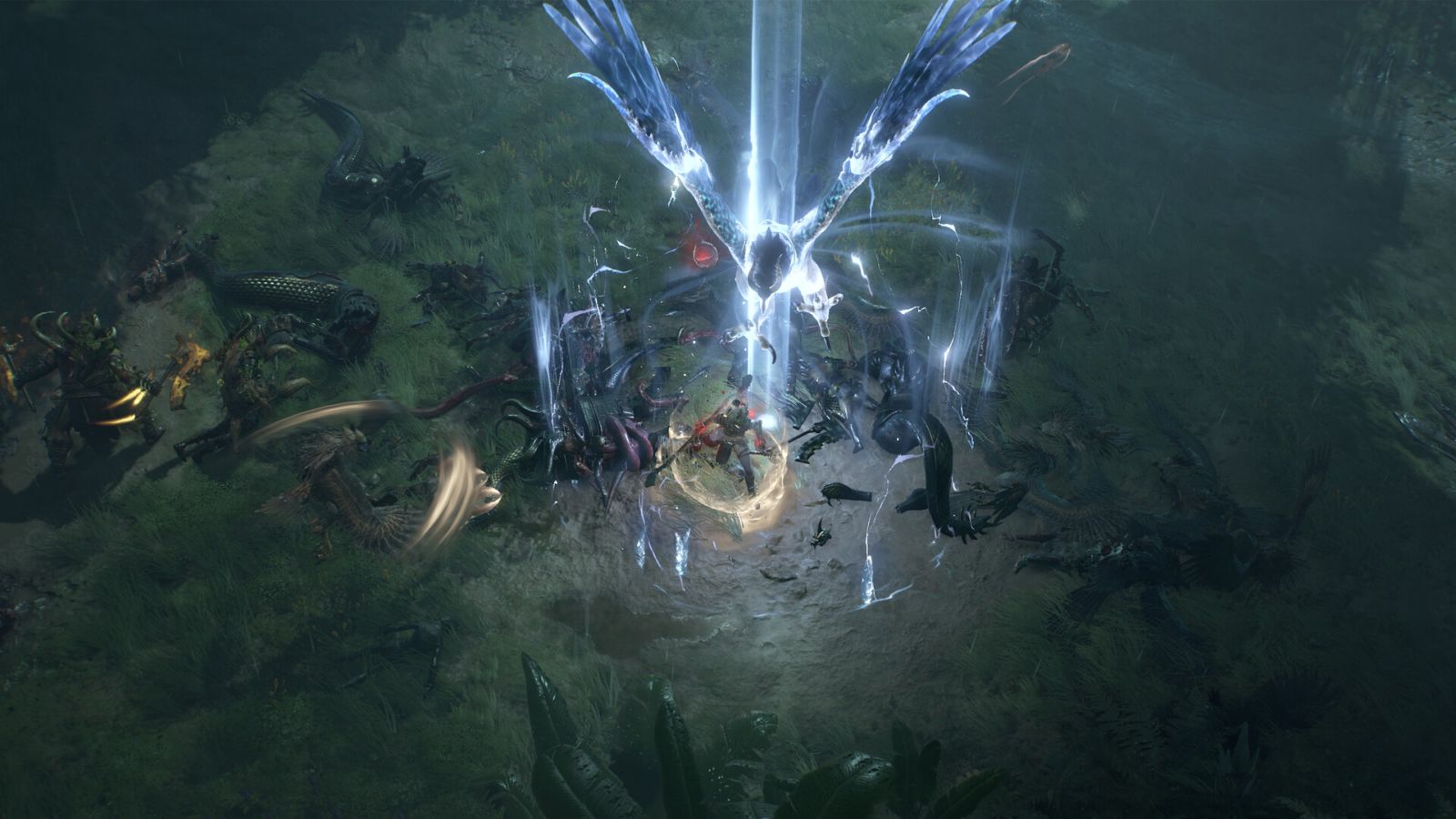
Beyond your spirit animals, you’ve also got a brand new mount – the War Cat. There are a number of giant cats, complete with various armor sets that you can nab as a mount, and pre-ordering will net you the War Cat Mount and Armor set, which includes a mount trophy as well, of course. These are obviously cosmetic, but who wouldn’t want an awesome panther as a powerful mount?
In terms of content in the expansion pack, there is PLENTY to go around. All new dungeons dot the landscape, bespoke and huge. That means new loot, new bosses, new strongholds, and oh so many new enemies. To handle all these new threats, the level has been expanded to 60, and the Paragon system has been reworked (and separated out from the main leveling system) and had its level raised to 300. For those of you already (or aiming towards) the true endgame, you’ll also find that the difficulty system now reaches to Torment IV, you sadists. New skills and passives dot every class’s skill tree, and all of them have been balanced and tuned extensively, especially if this is your return to the game since the launch of the base game.
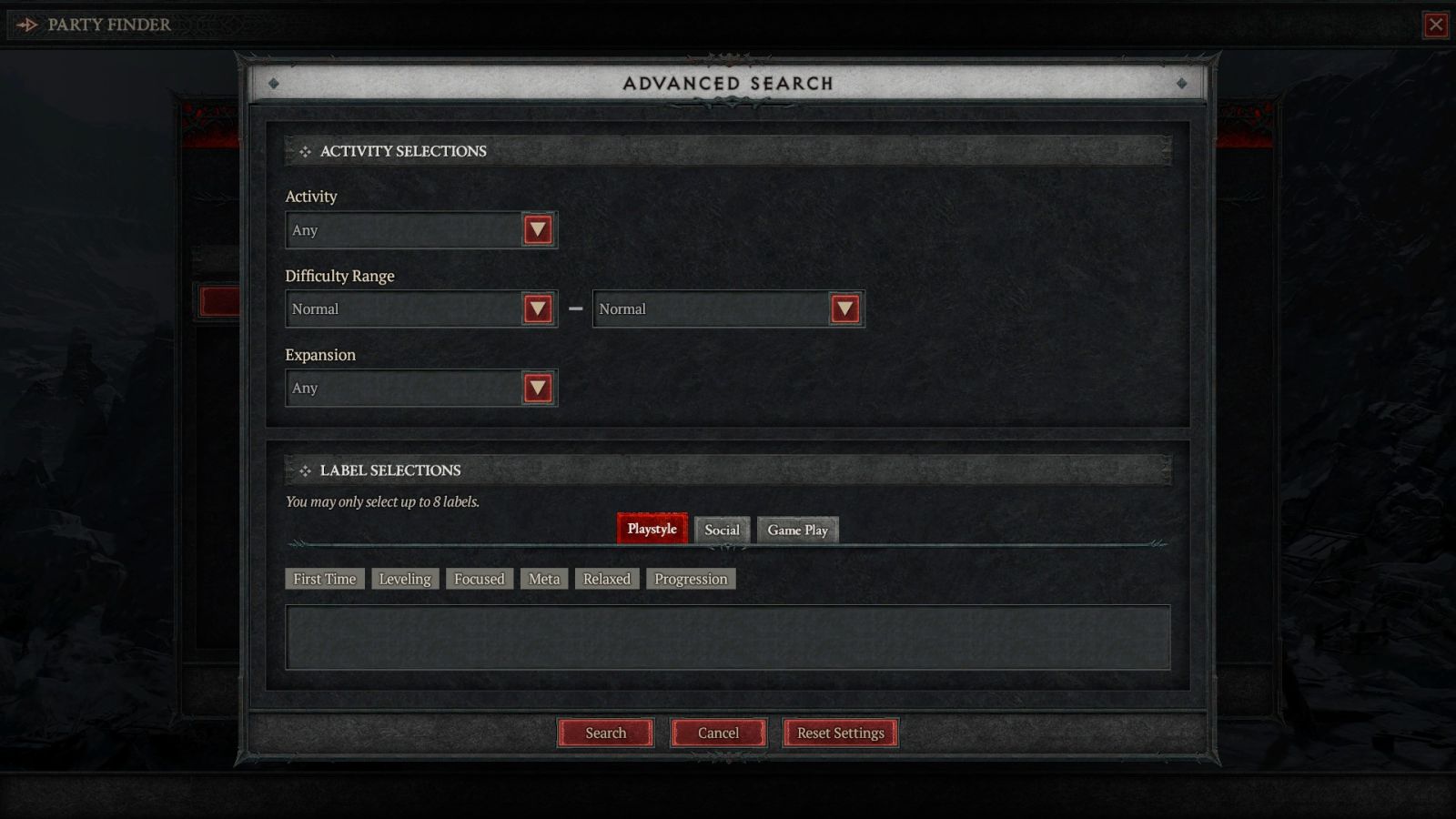
One of my favorite new features is a much-needed borrow from Blizzard’s MMO title – a party finder. Within the social tab is a search function that allows you to look for a party generically, or you can get very specific. You can search for a team running dungeons, exploring, or just working their way through the game. You can also specify the difficulty level from Normal all the way up to the highest difficulty you’ve unlocked. The best part is that you can search by keyword as well. Playstyle (first time, leveling, focused, meta, relaxed, progression), Social (Voice chat preferred, using map pins, sociable, newcomers welcome, guidance desired, quiet preferred, microphone optional, and text chat preferred), and Gameplay (Farming, quick clear, exploration, carry request, in progress, same class preferred, challenges, blasting, repeat runs, and pushing) allows you to be remarkably specific about exactly the party you’re looking for – you can select up to eight of them. Similarly, you can do the same thing for the List Party function to specify exactly the parameters you’ve selected for your own party.
If you can’t get a party set up, that doesn’t mean you’ll have to fight alone. After unlocking the Den, you’ll be able to recruit mercenaries. Not unlike their role in previous games, these troops won’t replace human players, but they can bolster any weaknesses your character may carry into the battlefield. You can also build them up with better gear and skills through building rapport with them. I personally liked Aldkin: The Cursed Child the most, but I’ll leave it to you to uncover this lil guy and to uncover his unique and dark back story.
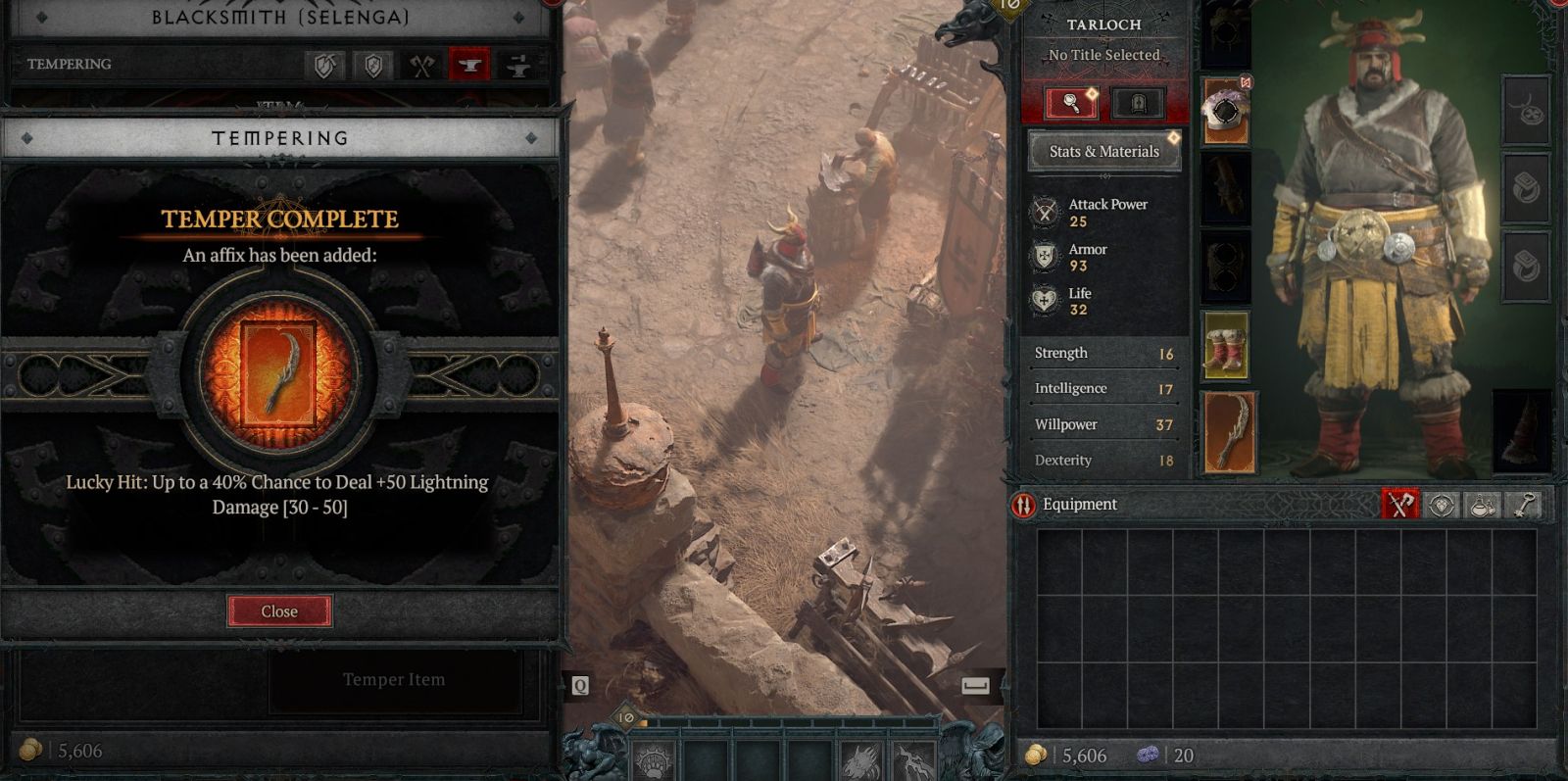
You’ll want to find yourself a party for a new roaming boss you’ll find in Nahantu – the Realmwalkers. Realmwalkers appear on your map as an icon, encouraging the player to drop by to kill it, starting a new event. Realmwalkers, as the name suggests, are a creature that slips between worlds. These massive beasts carry a huge portal on their back, spewing monsters in every direction as they maraud across the swamp. These creatures are also completely invulnerable until you destroy some nearby structures that protect them, all the while being swarmed by foes puking foam at you, crawling up your legs, and painting the landscape with your innards. Destroying the Realmwalker is extraordinarily difficult solo (though it is possible!), so you’ll want to bring or recruit friends. Once you have dispatched them, their portal will slide loose from their spine, allowing you to enter the Rupture. I’ll leave these to you to explore, with the encouragement that the loot is worth the extraordinary risk.
To help you manage the new threats, you’ll find a returning mechanic from Diablo II, and a socket in which to use them – Runes. Runes are found by completing specific requirements, and then gathering the “Offering” of your specific class. Increasingly difficult requirements offer more Offering in return, ultimately being consumed by Runes of Ritual. You’ll need to generate a Rune of Ritual and a Rune of Invocation, combining them to create a Runeword. These can then be socketed, granting special effects. For example, a Vex Invocation rune grants +3 to all skills for five seconds. A Lith Ritual rune grants an offering each time the player stands still for 0.3 seconds. Zan grants offering each time the player uses their ultimate skill. This system allows the player to build their own mixture of skills, not unlike the Temper system at the forge. Admittedly, I spent a short amount of time with this portion of Vessel of Hatred, but it was already clear that you could roll and re-roll until you appeal to the RNG gods, stacking together all sorts of complementary effects. I look forward to whatever meta appears out of this system.
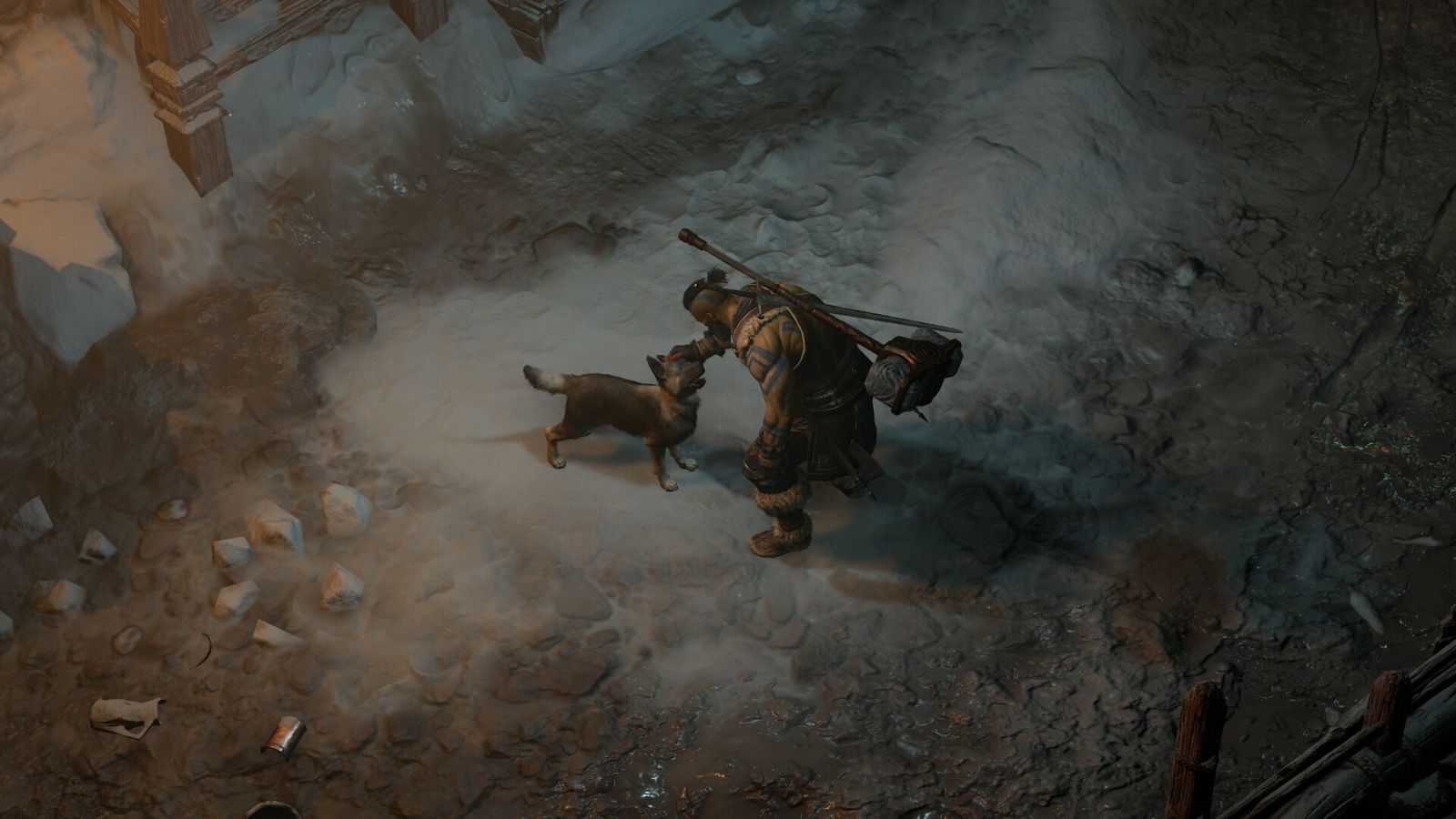
I mentioned that there’s a new dungeon called Dark Citadel. This PvE co-op dungeon is unlocked after finishing the Vessel of Hatred campaign (which, I assure you, is FAR from the end of Diablo IV’s story – prepare for more expansions!), which also unlocks Torment 1. Simply seek out a quest called “Crater of Lost Souls” and you’ll be on your way. Built for a group from 2 to 4 players, you’ll face something interesting you’ve not seen before – choice. There are bosses with more complexity beyond “mash all the buttons!” until they die, as well as multiple paths that can even push the players to split up to accomplish concurrent tasks. In this way, it resembles raid content you’d find in, say, an MMO. Are you finding the common thread here?
Another dungeon type introduced in Vessel of Hatred are found underneath the city of Kurast. These dungeons are time-attack style, meaning the more creatures you kill, the more time is extended. There are modifiers you can apply to risk/reward to grant additional time at the cost of potential rewards or visa versa. These are also multi-stage dungeons, though not as complex as Dark Citadel.
I do wish that there was an easier way to save configurations and gear to more rapidly reconfigure my character and their gear to be ready for various activities. Just like the borrowed functionality of the Party Finder, it’s time to bring over the Armory. Being able to quickly adjust for the new dungeon, gear up for a boss run, or rapid-farm some critters for resources cuts down on downtime for the party. We heard the team is working on this, based on a recent Q&A, but no specifics around timing.
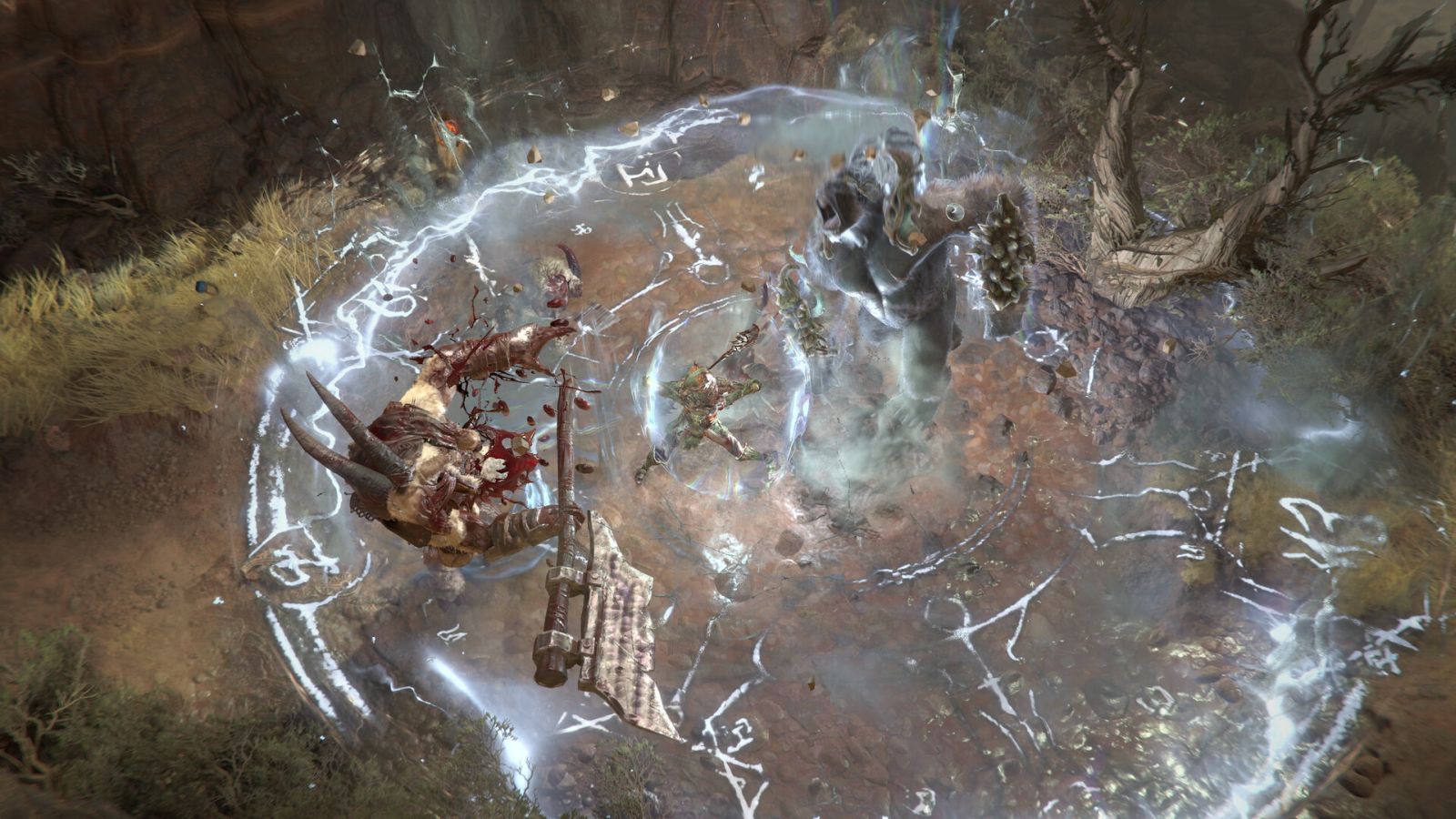
The part that has me most excited about Dark Citadel, the Party Finder, the promise of an Armory-like system, the separation of the leveling system and the Paragon engine, the reworking of loot, and all of the rest of the myriad and plentiful improvements in Vessel of Hatred is that they represent one thing extraordinarily well – responsiveness to player feedback. Players have ground their teeth that the bosses aren’t compelling, requiring only damage numbers that go up until their health hits zero. Now, we have bosses like the Shredder (no relation to any Adolescent Malformed Karate Amphibians), Pulverizer, Urivar, Trampler, Breathtaker, and far more to contend with, and many of them have new mechanics that push player cooperation. For example, one boss lobs crackling orbs of energy that will do a great deal of damage if they hit you. If, however, you attack them and swat them back at the boss, it’ll cause additional damage or even trigger a critical. These additional mechanics and adjustments to previous ones showcase how Blizzard is extending Diablo IV’s lifespan. An effort that’ll bear fruit as we move into future seasons and eventual expansions.
While we are playing pre-release code, ahead of an inevitable day-1 patch and a new graphical driver, we did run into a handful of hiccups that’ll hopefully evaporate with the morning sun. We had two crashes to the desktop, as well as a few stuck progress triggers that were thankfully reset by dropping and re-joining the quest.
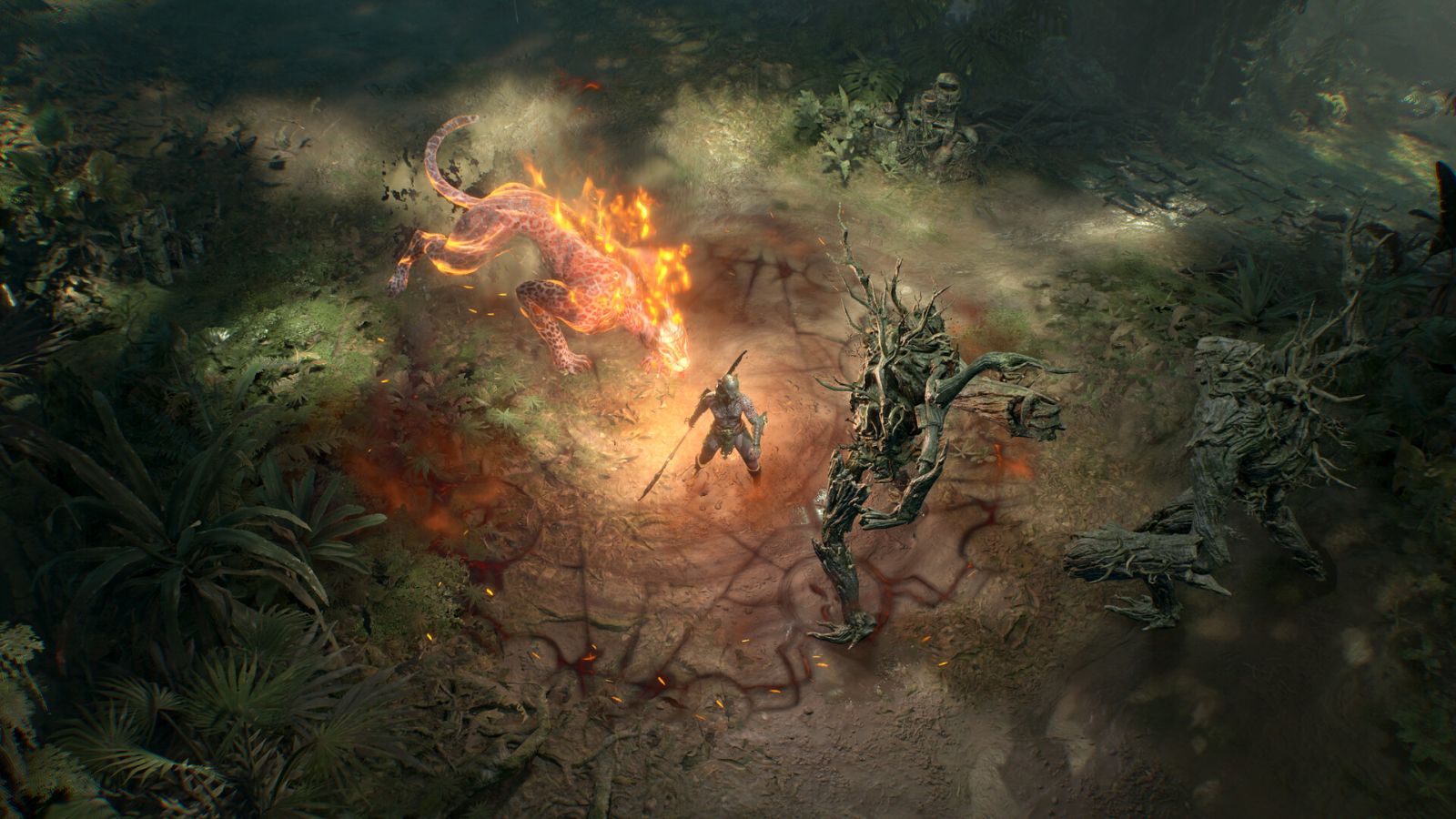
Vessel of Hatred may be an expansion, but the wealth of content, the extensive loot rework, the new class, the vast improvement to bosses and dungeons, and so much more, is exactly what I was hoping for in Diablo IV. It’s not only a good excuse to return to Sanctuary, it’s also such a well-integrated rework of the base game that elevates it to a whole new level. My only real complaint is that it feels like only part of the journey. It pushes the narrative forward, and it delivers some awesome story development, but that doesn’t make yet another cliffhanger any less predictable. Undoubtedly, the Blizzard team has more to say, but we’ll have to wait to see where any of it goes beyond “go west”. That said, the story is just one element in a far larger experience. Once you’ve completed that, you’ve just gotten started…
Once again, by three they come. By three, thy way opens. By the blood of the willing, we call thee home.
Ron Burke is the Editor in Chief for Gaming Trend. Currently living in Fort Worth, Texas, Ron is an old-school gamer who enjoys CRPGs, action/adventure, platformers, music games, and has recently gotten into tabletop gaming.
Ron is also a fourth degree black belt, with a Master's rank in Matsumura Seito Shōrin-ryū, Moo Duk Kwan Tang Soo Do, Universal Tang Soo Do Alliance, and International Tang Soo Do Federation. He also holds ranks in several other styles in his search to be a well-rounded fighter.
Ron has been married to Gaming Trend Editor, Laura Burke, for 28 years. They have three dogs - Pazuzu (Irish Terrier), Atë, and Calliope (both Australian Kelpie/Pit Bull mixes), and an Axolotl named Dagon!

A fantastic expansion with a very compelling set of features, including a new class, a far-better approach to bosses, and a few borrowed elements from their other MMO works. It’s a big step in the right direction, and I can’t wait to see what’s next.
PROS
- Compelling overhaul to bosses
- New PvE dungeon is a blast
- Spiritborn class is a lot of fun
- Laces into the main game perfectly
CONS
- Campaign cliffhanger…again
- Handful of glitches and two crashes
Unless otherwise stated, the product in this article was provided for review purposes.
See below for our list of partners and affiliates:

 4 months ago
211
4 months ago
211












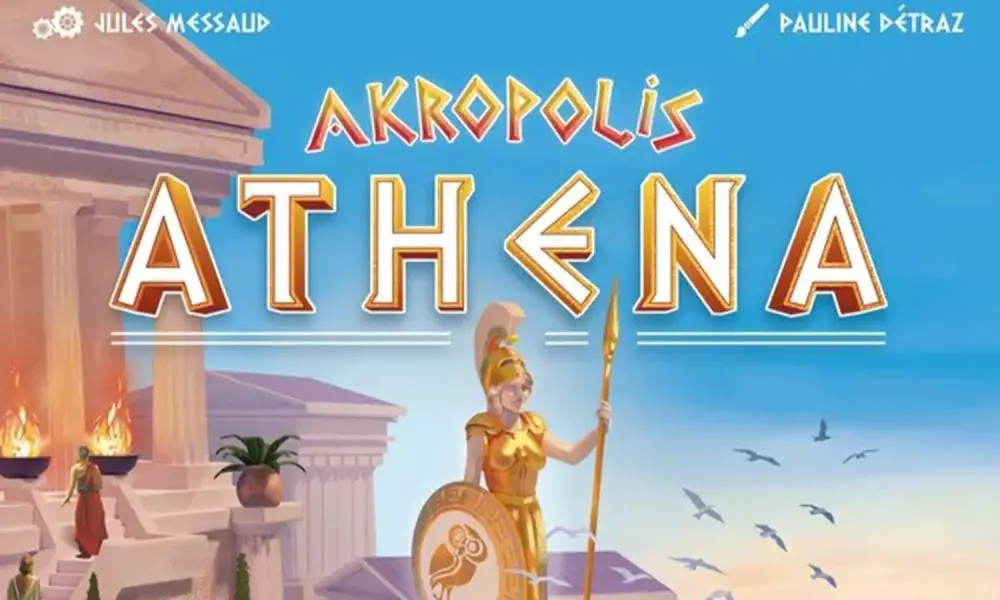

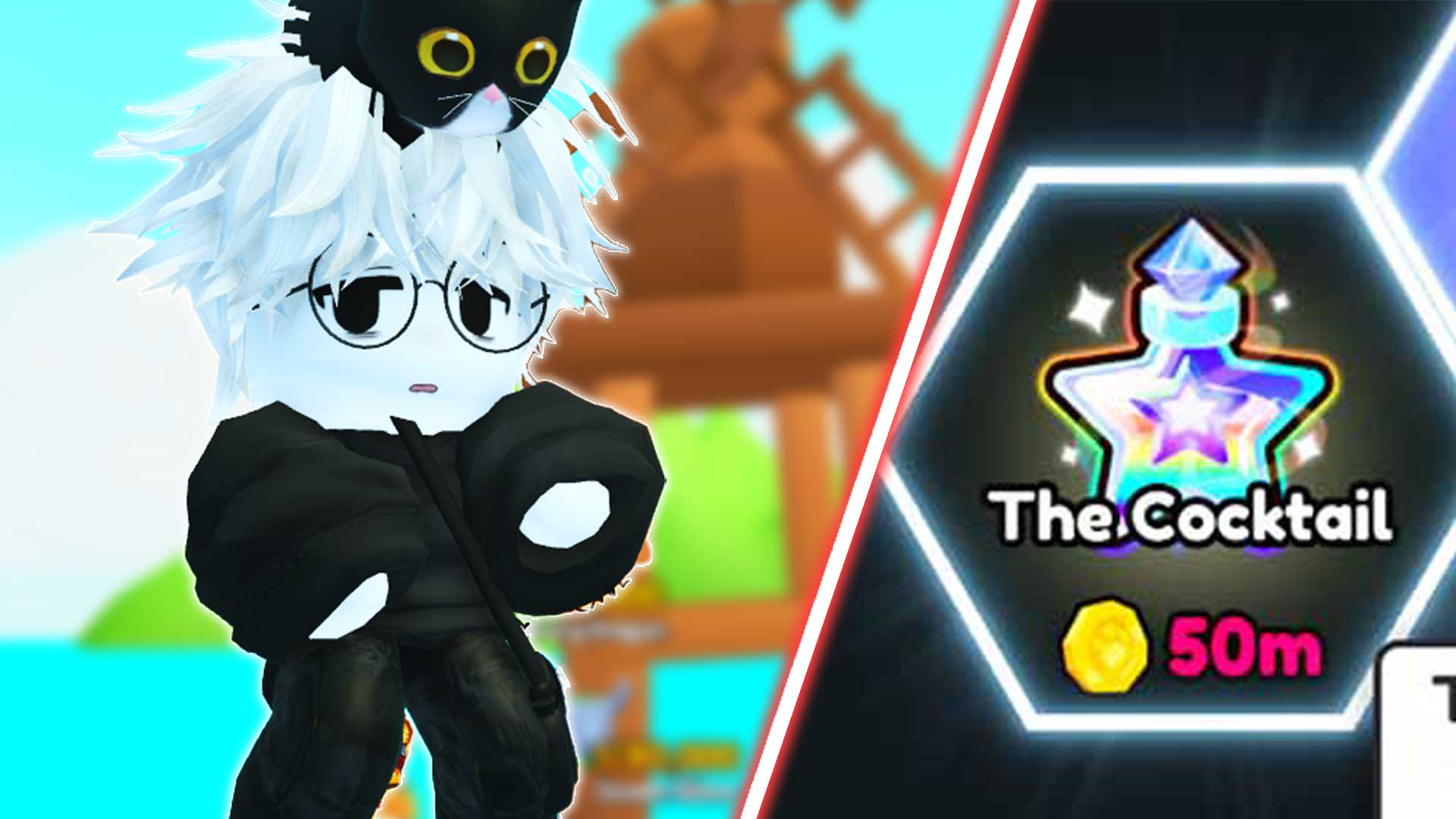
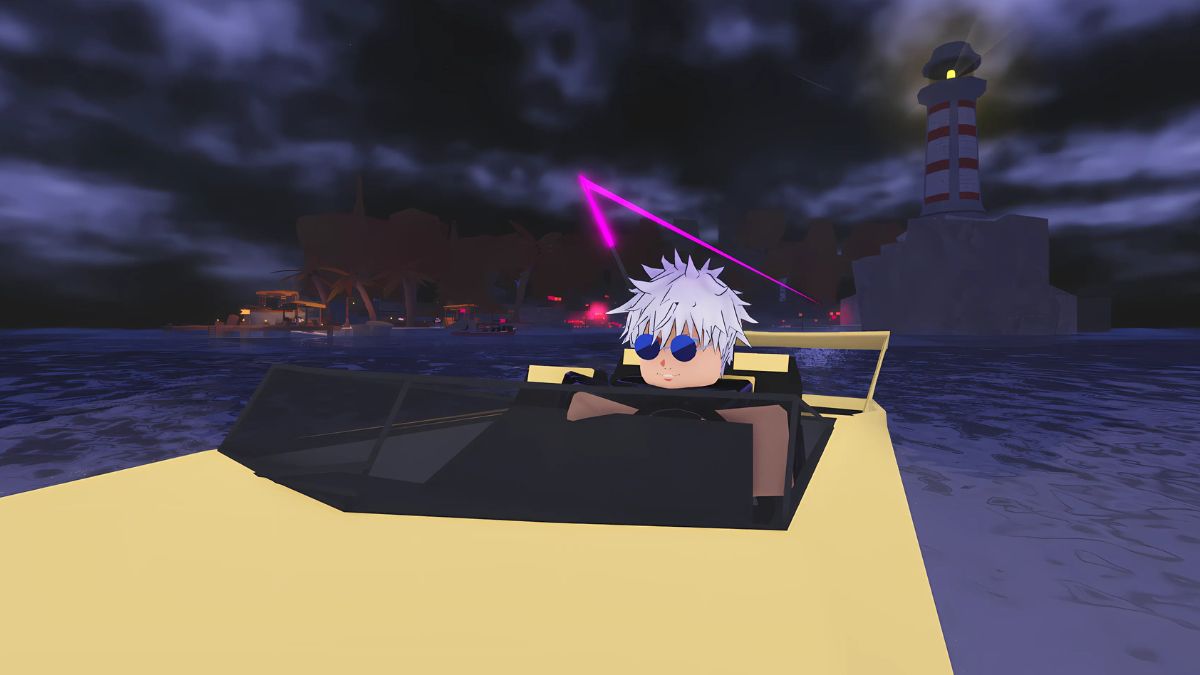
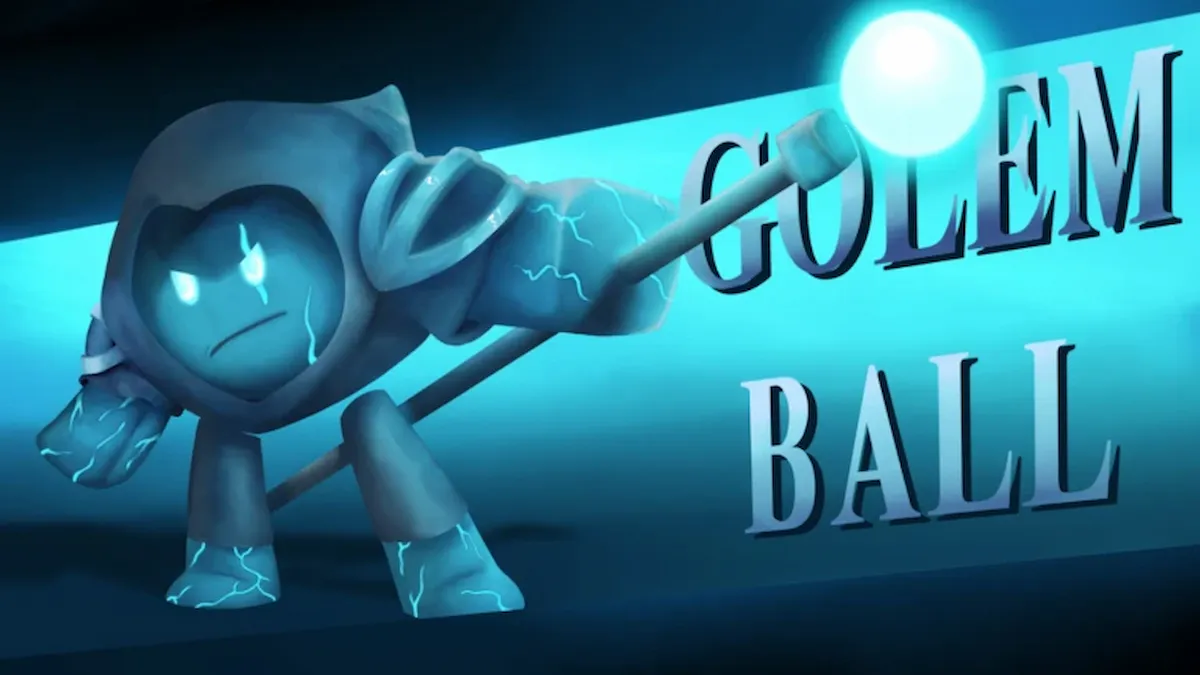

![Anime Reborn Units Tier List [RELEASE] (November 2024)](https://www.destructoid.com/wp-content/uploads/2024/11/anime-reborn-units-tier-list.jpg)